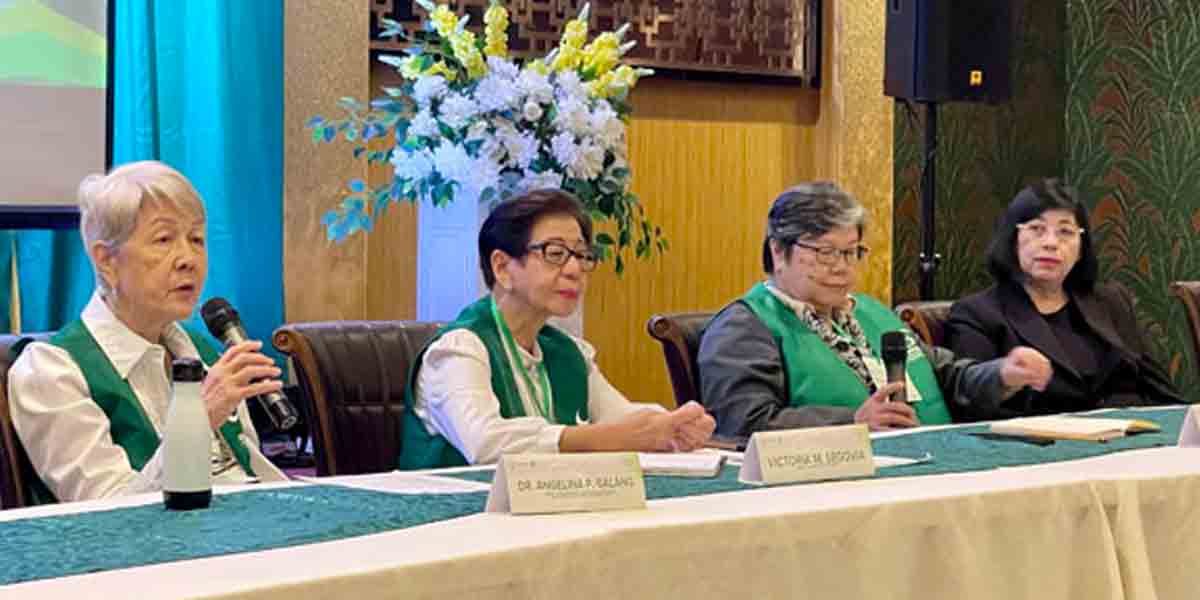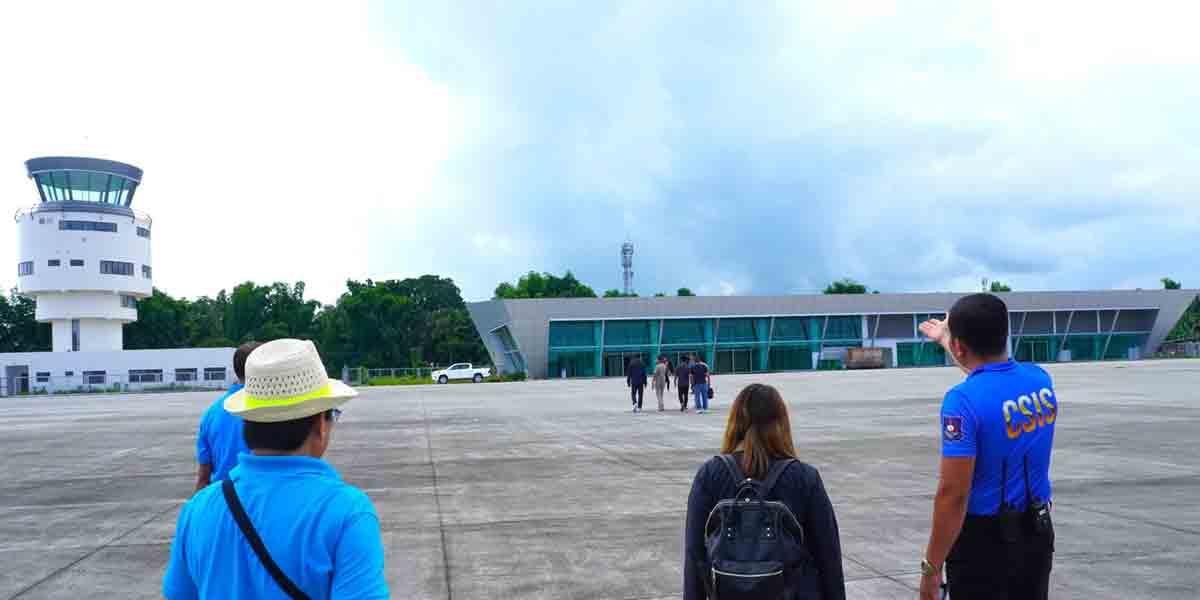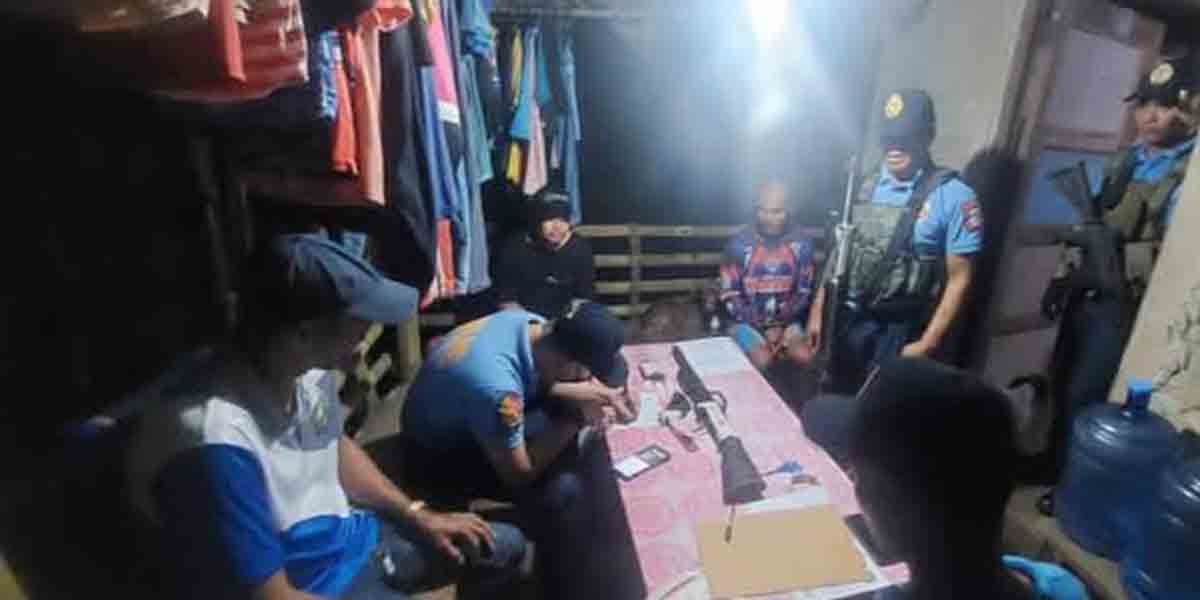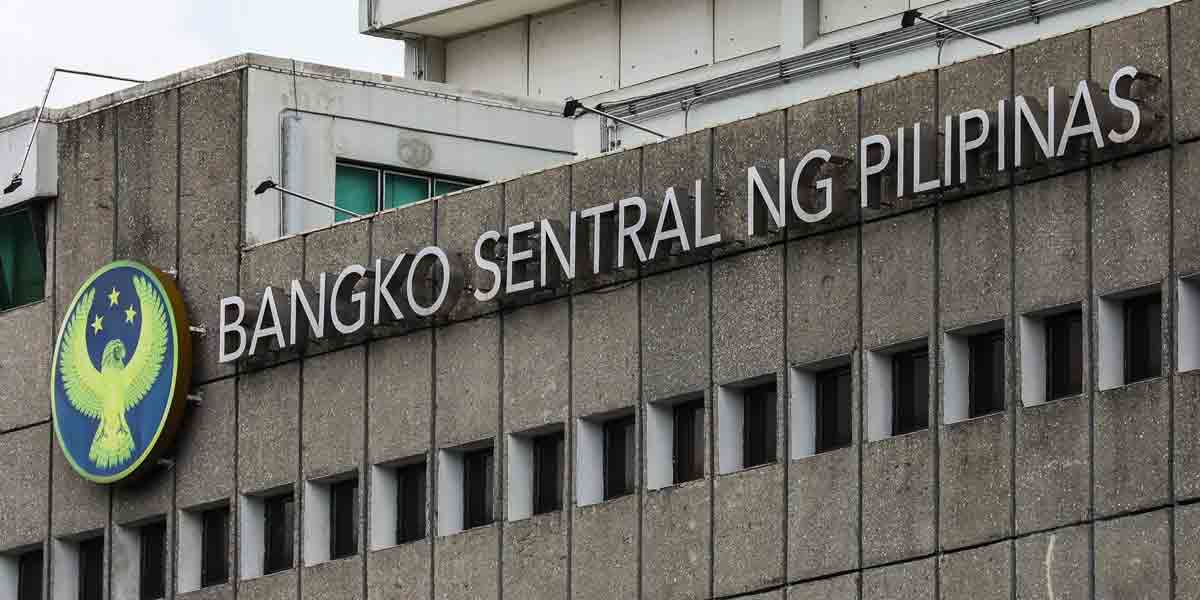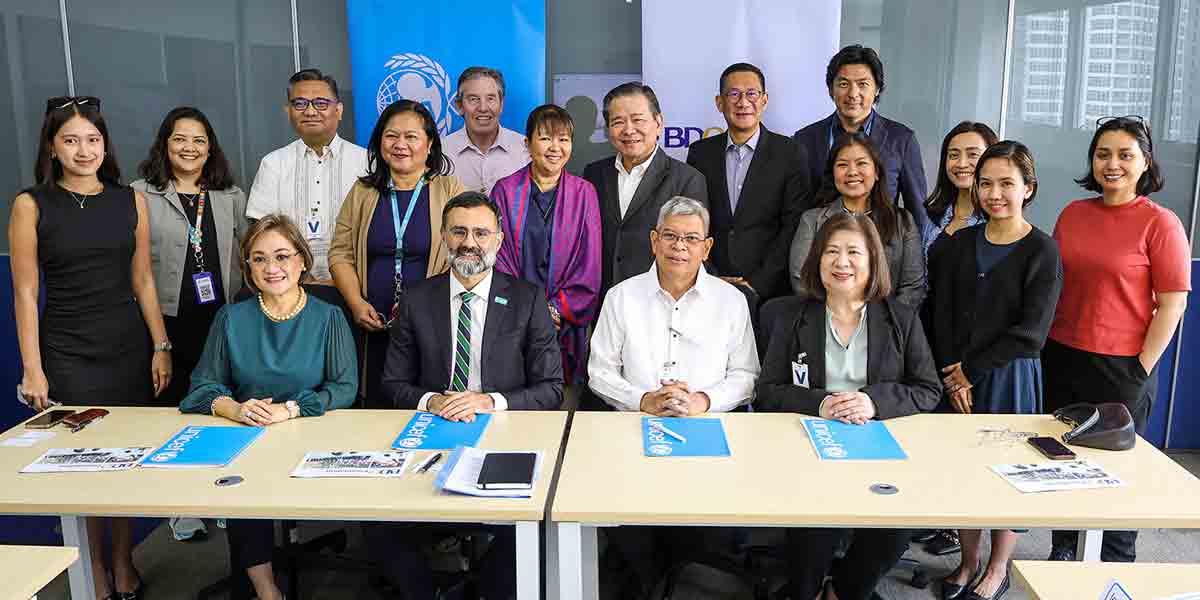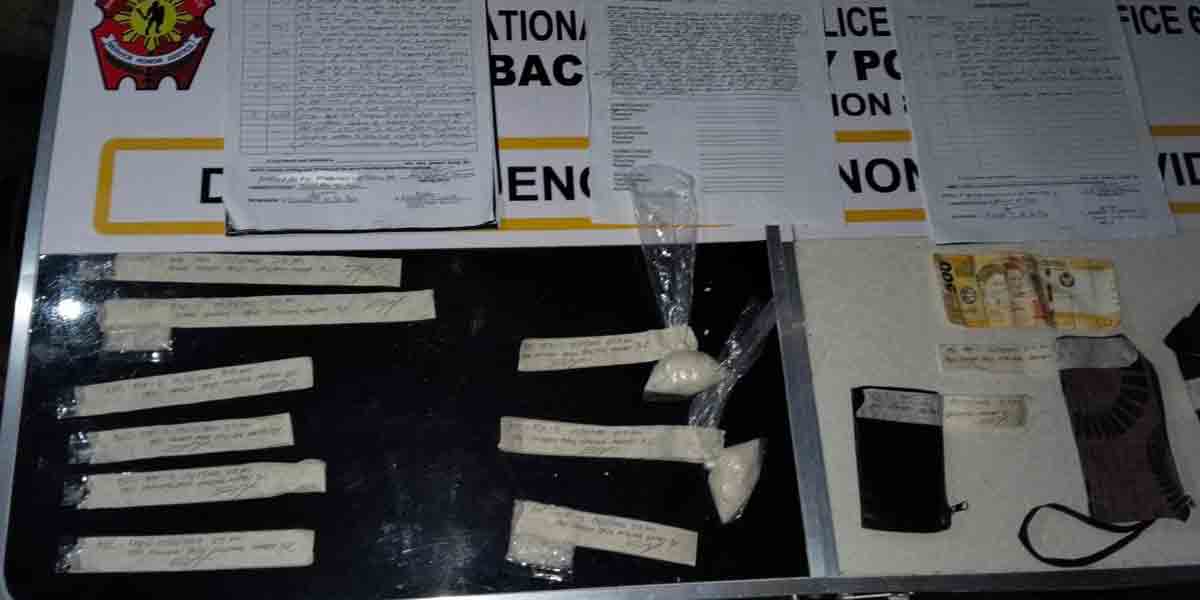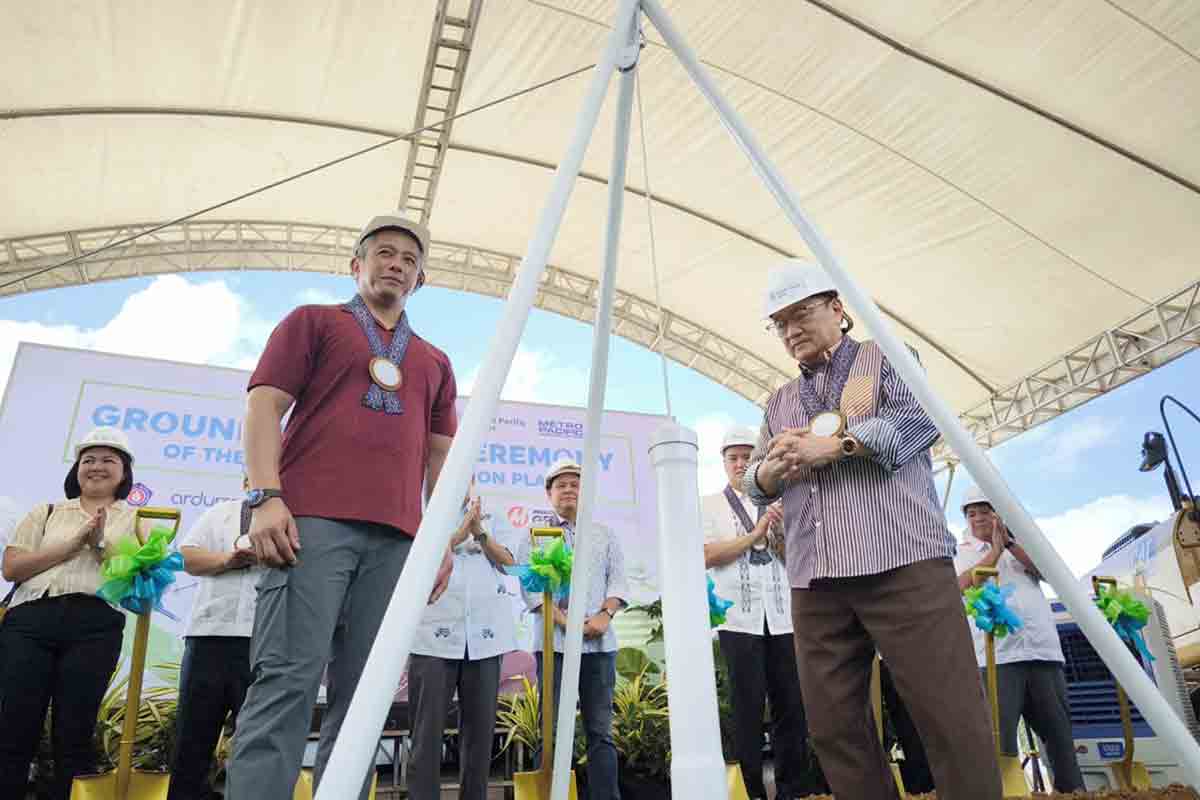President Ferdinand Marcos Jr.’s recent State of the Nation Address brought attention to a concerning public health issue: the alarmingly low immunization rates among infants and children in Western Visayas.
As of June this year, less than a third of the target population has been fully immunized, a stark contrast to the national goal of 95 percent. This troubling trend demands urgent attention to uncover and address the underlying causes.
Several factors may have contributed to the low immunization rates in the region, and one of the most significant is disinformation about vaccines.
The spread of false information and myths about vaccine safety and efficacy has created widespread mistrust among parents. This issue has been exacerbated by the rise of social media, where unverified claims can spread rapidly and influence public perception.
Efforts to combat disinformation must be intensified through public awareness campaigns that provide accurate, evidence-based information about the benefits and safety of vaccines.
Another major factor is the lingering impact of the Dengvaxia controversy. The dengue vaccine scare in the Philippines had far-reaching consequences, shaking public confidence in vaccination programs.
Despite efforts to rebuild trust, the shadow of Dengvaxia continues to loom over immunization efforts, making it crucial for health authorities to engage communities and rebuild their confidence in the routine immunization program.
The COVID-19 pandemic has also played a role in disrupting vaccination services. The health system’s focus shifted to addressing the pandemic, leading to delays and interruptions in routine immunization programs.
Additionally, the logistical challenges posed by lockdowns and movement restrictions further hampered the delivery of vaccines to remote areas. As we navigate the post-pandemic landscape, it is essential to prioritize the restoration and strengthening of routine immunization services to ensure no child is left behind.
Moreover, supply chain issues have contributed to the problem. Ensuring a consistent and adequate supply of vaccines is critical to maintaining high immunization rates.
Any disruptions in the supply chain can lead to missed opportunities for vaccination, leaving children vulnerable to preventable diseases. The Department of Health (DOH) must work closely with local government units to streamline vaccine distribution and address any bottlenecks in the supply chain.
The data from the Iloilo Provincial Health Office paints a sobering picture. In 2023, Western Visayas achieved a fully immunized child rate of only 61.36 percent, well below the target. This figure reflects a downward trend since 2020, highlighting the urgent need for comprehensive strategies to reverse this decline.
Iloilo City, which recorded the highest FIC rate of 70.61 percent last year, serves as a beacon of hope, demonstrating that higher immunization rates are achievable with concerted efforts.
To address this public health challenge, a multifaceted approach is needed.
First, robust public education campaigns must be launched to counteract disinformation and restore trust in vaccines. Health workers and community leaders should be empowered to engage with parents and caregivers, addressing their concerns and providing accurate information.
Second, efforts to rebuild confidence post-Dengvaxia must be sustained. Transparent communication about vaccine safety and efficacy, backed by scientific evidence, is crucial. Community engagement initiatives, such as town hall meetings and dialogues, can help bridge the gap between health authorities and the public.
Third, the DOH must prioritize the resumption and strengthening of routine immunization services disrupted by the pandemic. This includes ensuring that health facilities are equipped with the necessary resources and personnel to carry out vaccination programs effectively.
Addressing supply chain issues is also paramount. The DOH should collaborate with local government units to ensure a steady supply of vaccines and streamline distribution processes. Innovative solutions, such as mobile vaccination units, can help reach remote and underserved areas.
The low immunization rates in Western Visayas pose a significant threat to public health. By tackling the root causes, we can work towards achieving higher vaccination coverage and protecting our children from preventable diseases. It is a collective responsibility to ensure that every child has access to life-saving vaccines and a healthy future.

